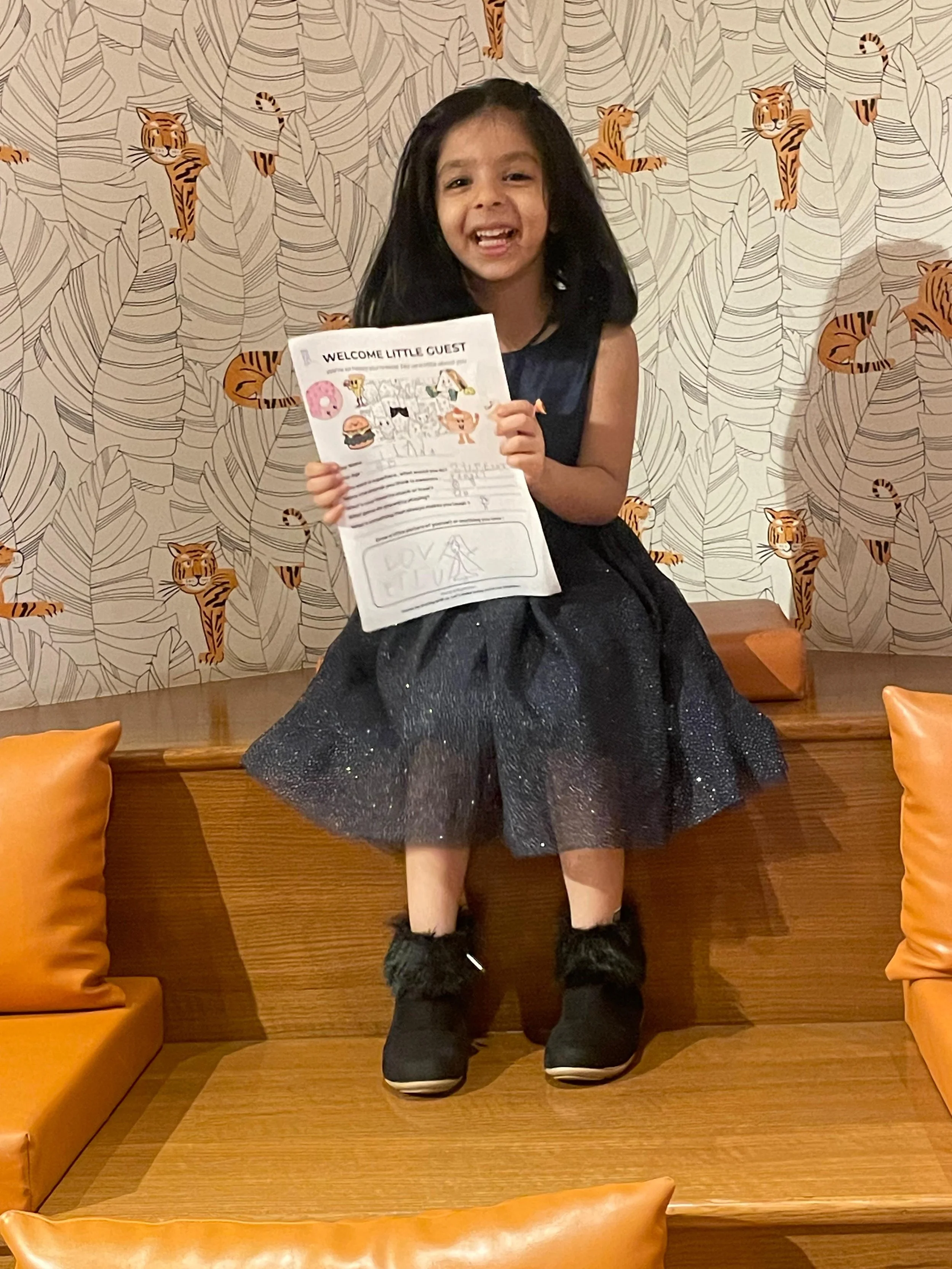BEO (Banquet Event Order)
/Mastering the Banquet Event Order for Seamless Events
Banquets and events are an integral part of the hospitality industry. From weddings and conferences to corporate gatherings and social galas, these events require meticulous planning to ensure a seamless experience for guests. At the heart of this planning process lies the Banquet Event Order (BEO), a document that outlines every detail of the event and serves as a blueprint for its execution. In this article, we delve into the world of BEOs and uncover their significance in delivering successful events.
Understanding the Banquet Event Order
A Banquet Event Order, also referred to as a Function Sheet or Event Order, is a comprehensive document that captures all the essential details and instructions related to an event taking place in a banquet or function space. It acts as a communication tool between the event organizer, venue, and various departments involved in executing the event – from culinary and service staff to AV technicians and decorators.
Components of a BEO
A well-structured BEO typically includes the following information:
1. Event Details: This section covers vital information such as the event name, date, time, duration, and expected number of attendees. It provides a snapshot of the event and allows all stakeholders to be on the same page.
2. Function Space: Describes the designated area within the venue where the event will take place, including specific room or hall names. It outlines any special arrangements required, such as seating configurations or staging areas for entertainment.
3. Event Timeline: A detailed schedule outlining the sequence of events, from setup and decoration to meal service, speeches, and entertainment. This ensures that everyone involved understands the flow of the event.
4. Food and Beverage: This section covers the entire culinary aspect of the event, including menu selections, dietary restrictions, and food service details. It provides catering staff with specific instructions to deliver a top-notch dining experience.
5. Audio-Visual Requirements: If the event requires audio-visual equipment, the BEO specifies the exact equipment needed, including microphones, projectors, screens, and lighting arrangements. This helps the AV team to come prepared and ensures all technical aspects run smoothly.
6. Décor and Setup: From flower arrangements and table settings to signage and stage setup, this section details the desired ambiance and special decorations requested by the event organizer.
7. Billing and Payment: The BEO also includes information regarding the financials of the event, such as the agreed-upon charges, payment terms, and any additional services or equipment to be billed separately.
Importance of a BEO
The Banquet Event Order is integral to ensure a successful event for several reasons:
1. Clarity and Coordination: A well-prepared BEO acts as a central reference point for all event stakeholders, ensuring that every department involved is well-informed of their roles, responsibilities, and expectations. It provides clarity and helps in seamless coordination.
2. Efficiency and Accountability: By documenting all event details in one place, the BEO makes it easier to track progress and ensure accountability. Any changes or additional requests can be updated in the BEO, ensuring everyone is on the same page.
3. Personalization and Customization: The BEO serves as a platform to capture personalized details, preferences, and requests of the event organizer, allowing the venue staff to deliver a tailored experience and exceed expectations.
4. Legal Protection: In case of any disputes or misunderstandings, having a detailed BEO can protect both the venue and the event organizer. It acts as a legal reference, ensuring that all parties are aware of the agreed-upon terms.
Best Practices for Creating and Utilizing BEOs
To make the most of the Banquet Event Order, keep the following best practices in mind:
1. Clear and Concise Language: Ensure all information in the BEO is accurately and clearly communicated, using simple and concise language to avoid any misinterpretation.
2. Collaboration and Communication: Involve all relevant departments and stakeholders in the creation and review of the BEO to ensure all perspectives are considered. Regular communication among team members is crucial to address any concerns or changes promptly.
3. Flexibility: While the BEO provides structure, it is important to remain flexible and adaptable to last-minute changes or unforeseen circumstances. Regularly update the BEO to reflect any modifications and disseminate it promptly to all stakeholders.
4. Digital Transformation: Embrace digital tools and software solutions that streamline the creation and management of BEOs. This helps save time, reduce paper waste, and improve accessibility and collaboration among teams.
Mastering the art of Banquet Event Orders is a valuable skill for any hospitality professional involved in planning and executing events. By understanding the components and importance of a well-crafted BEO, event organizers, venues, and service





